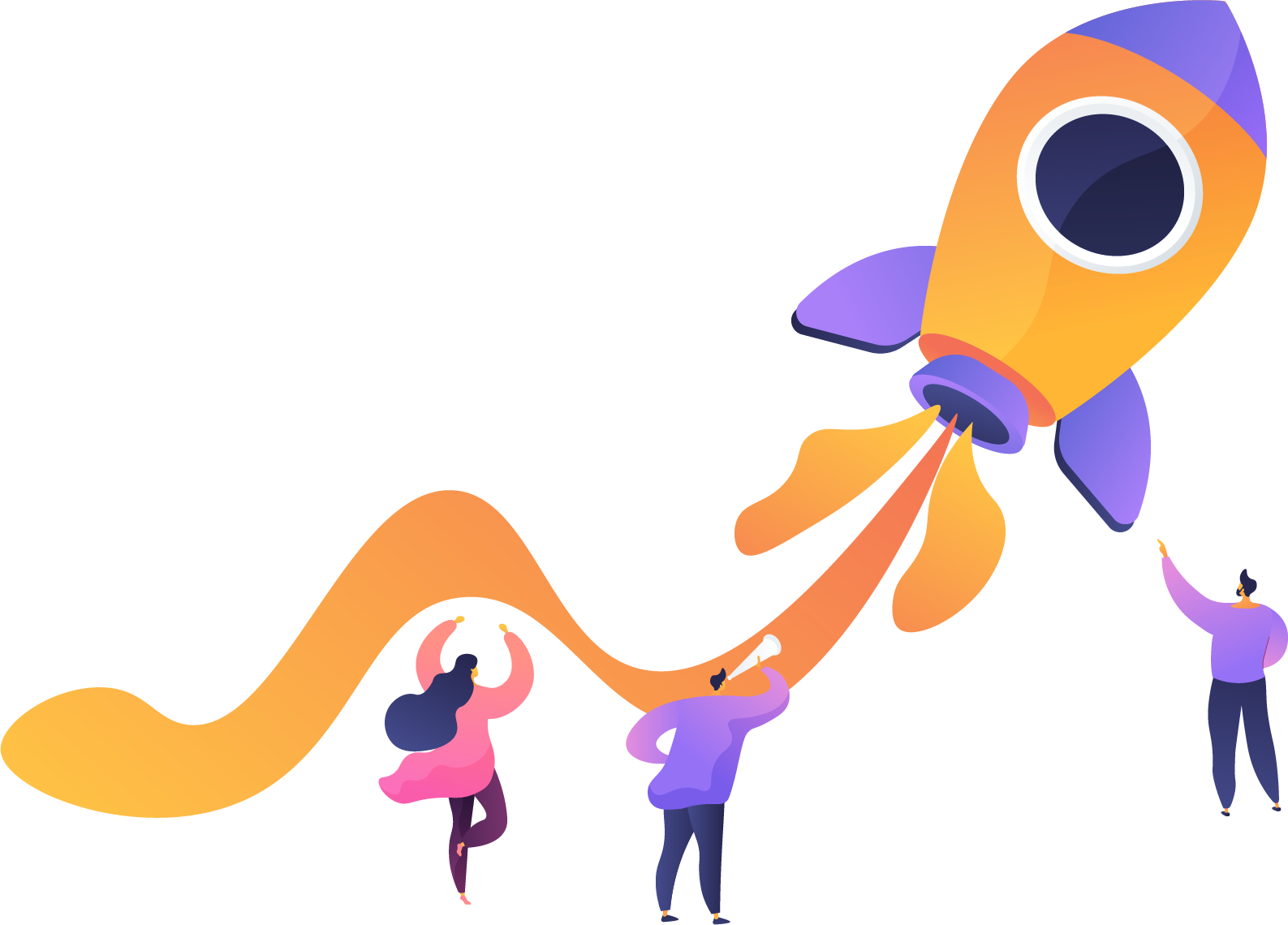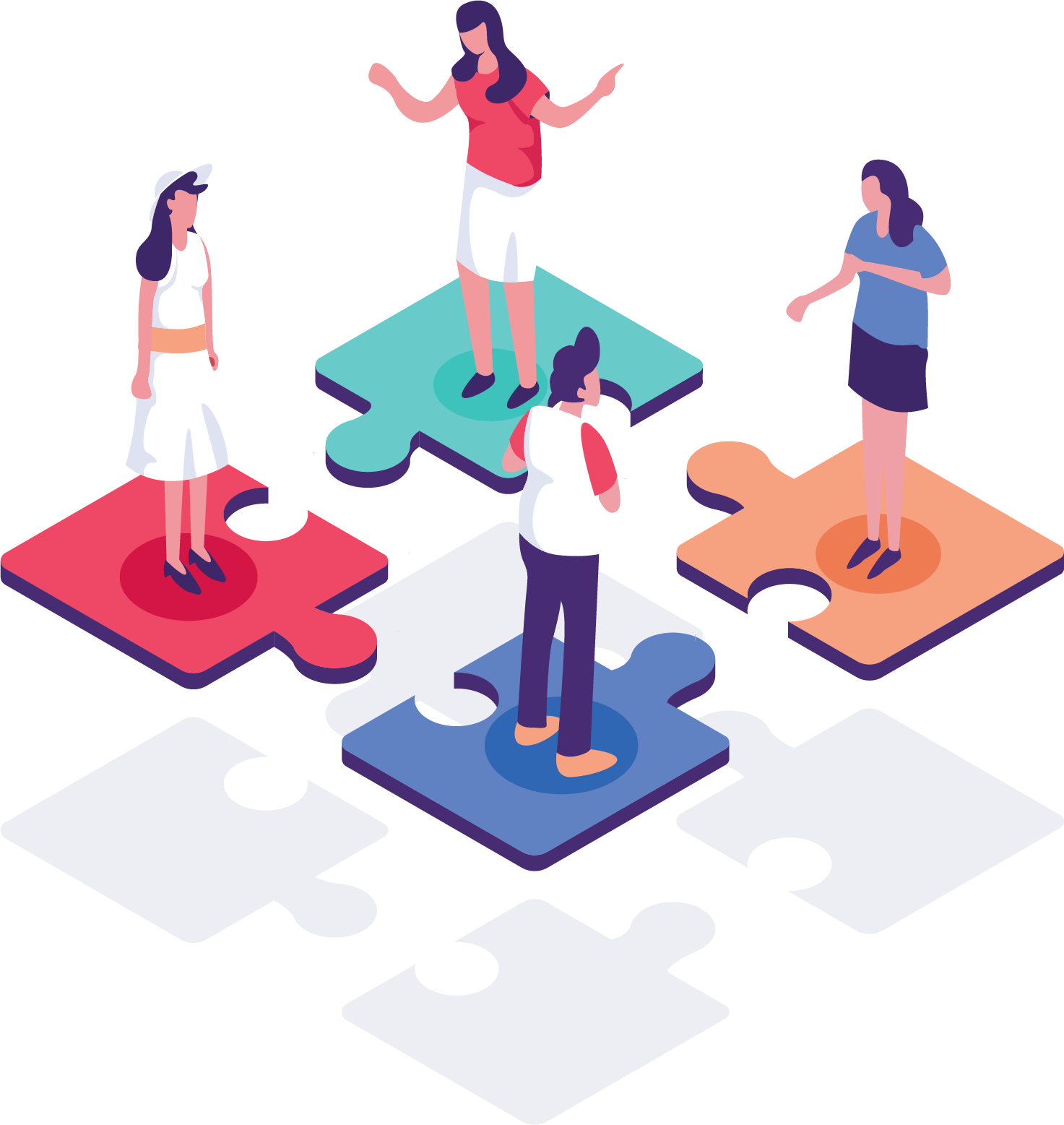Hyperledger Fabric
Enterprise grade permissioned distributed ledger platform that offers modularity and versatility for a broad set of industry use cases.
https://hyperledger-fabric.readthedocs.io/en/release-2.0/
R3 Corda
As a permissioned, or ‘private’, blockchain platform, Corda ensures data is shared only with parties who have a ‘need to know’. It was designed to bring transparency and trust to interactions, while maintaining privacy and security.
Corda Enterprise offers the core attributes of Corda open source along with additional business requirements you would expect and need when licensing enterprise software, such as 24/5 support, predictable release schedules, high availability, and support for industry standard enterprise databases.
https://docs.corda.net/docs/corda-os/4.5.html
Quorum
Quorum is an Ethereum-based distributed ledger protocol that has been developed to provide industries such as finance, supply chain, retail, real estate, etc. with a permissioned implementation of Ethereum that supports transaction and contract privacy.
http://docs.goquorum.com/en/latest/
Hyperledger Besu
Hyperledger Besu is an open-source Ethereum client developed under the Apache 2.0 license and written in Java. It runs on the Ethereum public network, private networks, and test networks such as Rinkeby, Ropsten, and Görli. Besu implements Proof of Work (Ethash) and Proof of Authority (IBFT 2.0 and Clique) consensus mechanisms.
You can use Besu to develop enterprise applications requiring secure, high-performance transaction processing in a private network.
https://besu.hyperledger.org/en/stable/
Hyperledger Sawtooth
Sawtooth makes it easy to develop and deploy an application by providing a clear separation between the application level and the core system level. Sawtooth provides smart contract abstraction that allows application developers to write contract logic in a language of their choice.
https://sawtooth.hyperledger.org/docs/
Hyperledger Cactus
Hyperledger Cactus aims to provide Decentralized, Secure and Adaptable Integration between Blockchain Networks.
Is currently undergoing a major refactoring effort to enable the desired to-be architecture which will enable plug-in based collaborative development to increase the breadth of use cases & Ledgers supported.
https://wiki.hyperledger.org/display/cactus




